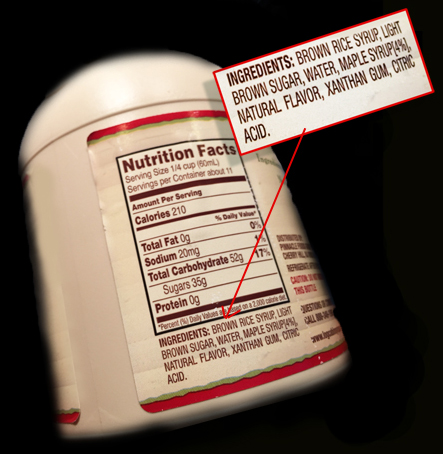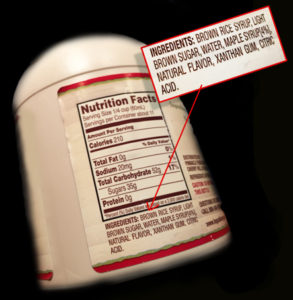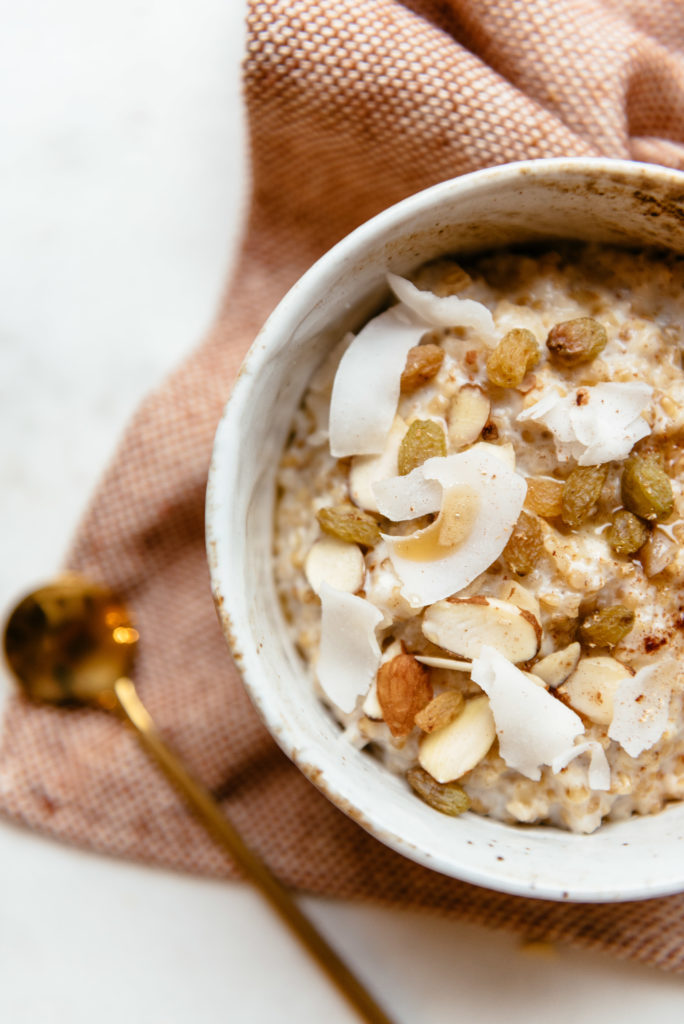
 The next time you’re in a grocery store, take a trip to the syrup aisle. Quickly scan the shelves – does it appear that all maple products are pretty comparable? Each product’s packaging likely has natural undertones and maybe a few graphics that convey purity. At first glance, you might be convinced that all syrups are on the same playing field. But they’re not. While some syrups are in the right ballpark, some don’t even have the credentials to step up to the plate! And the same goes for foods that use maple flavorings instead of real maple syrup.
The next time you’re in a grocery store, take a trip to the syrup aisle. Quickly scan the shelves – does it appear that all maple products are pretty comparable? Each product’s packaging likely has natural undertones and maybe a few graphics that convey purity. At first glance, you might be convinced that all syrups are on the same playing field. But they’re not. While some syrups are in the right ballpark, some don’t even have the credentials to step up to the plate! And the same goes for foods that use maple flavorings instead of real maple syrup.
What’s a consumer to do? Read the label.
In Vermont, maple is the law
Vermont is the top producer of pure maple syrup in the country. It also takes maple very seriously. In Vermont, it’s illegal to label anything as maple, if it isn’t made with 100% pure maple syrup.
For the fine print, take a look at the Statutes of the State of Vermont, Title 6, Chapter 32, Section 493:
“It shall be unlawful to use the term “maple syrup” or “maple sugar,” however modified, to describe any product, flavoring, sweetener, or food additive unless the product, flavoring, sweetener, or food additive so described meets the statutory definition of “maple syrup” or “maple sugar.” Terms such as “artificial maple syrup” or “artificial maple sugar” are declared to be misleading and deceptive and may not be used in the labeling or advertising of any product. Terms such as “artificial maple flavor” or “artificial maple flavor sweetener” may be used to describe a product flavored or sweetened with a substance which attempts to duplicate real maple flavor, providing that words such as “artificial,” “flavor,” and other modifiers of the word “maple” shall appear in equal prominence to the word “maple” on the label and in all advertising of the product.”
Is this legal statute really a necessity? In one word – yes! Consumers everywhere are craving maple products like never before. The food industry has answered this demand with a wide variety of maple-flavored products ranging from oatmeal, cereal and granola bars to bacon and sausage – and that doesn’t begin to touch the long list of maple products in the marketplace today.
The need for truth in labeling
Many of these maple “flavored” products achieve their taste through artificial ingredients, chemicals, and coloring agents. In reality, a very small percentage of processed maple-flavored products contain real maple syrup.
Yet, packaging design is a powerful influencer. Some popular products use this to their advantage and design packages with deceptive images such as pitchers of maple syrup, maple leaves, maple trees, or even sugarhouses to fully communicate the maple selling point. Unfortunately, many of these natural images are misleading. Consumers might not think to look to the back label, especially if the front of the product is selling the story. As a result, consumers may think they are purchasing products containing real maple syrup when, in fact, they are purchasing flavored products containing artificial ingredients, chemicals and coloring agents.
Power to the people
The good news is that people all over the country are asking for change along the path that Vermont has taken in order to achieve label transparency. Currently an online petition is circulating asking for label change. In part, the petition reads:
It is our judgment that food products labeled as maple or containing illustrations evocative of maple syrup or maple syrup production, are deceptive in their labeling unless:
- The product contains maple syrup or maple sugar derived from maple sap, or
- Is clearly labeled as containing artificial maple flavoring on the primary display panel of the package.
Petitions like this illustrate the recent global movement toward real food – and the closely related “additive-free” trend on the food manufacturing side that is reflected in what the industry calls, “clean labels”. We want to get back to our roots of real and simple foods. Pure maple syrup is one of the best examples of a powerhouse ingredient that can never be replicated in a laboratory.
Real maple is the real deal
Real maple syrup contains an abundant amount of naturally occurring minerals like calcium, manganese, potassium and magnesium. Maple syrup is also a natural source of antioxidants, which have been linked to possible cancer prevention, immune system support, lower blood pressure, and slowing down the effects of aging. Researchers have also found that pure maple syrup contains numerous phenolic compounds. Commonly found in plants and in some products like blueberries, tea, red wine and flaxseed, these compounds are believed to be beneficial to human health.
Real maple syrup comes from the earth and has one delicious ingredient – pure sap from the maple tree. Did you know:
- It takes 40 gallons of sap to make one single gallon of maple syrup?
- Maple syrup is beautifully complex? About 300 different natural flavor compounds have been found in pure maple syrup.
In the case of maple syrup, a real one-ingredient label is the real deal. Nothing comes close to real maple syrup and society is working hard to ensure we have all the facts before we buy. In a world that wants the truth in our food, pure maple syrup is a powerful product.
Simply put, it’s the real deal.
References:
http://vermontmaple.org/nutritional-information/
http://www.huffingtonpost.com/2015/01/15/intersting-maple-syrup-facts_n_6471346.html
http://www.foodnavigator-usa.com/Markets/Clean-label-The-shopper-will-define-it-with-dollars
http://www.cleanlabelinsights.com/research/Pages/Research.aspx

